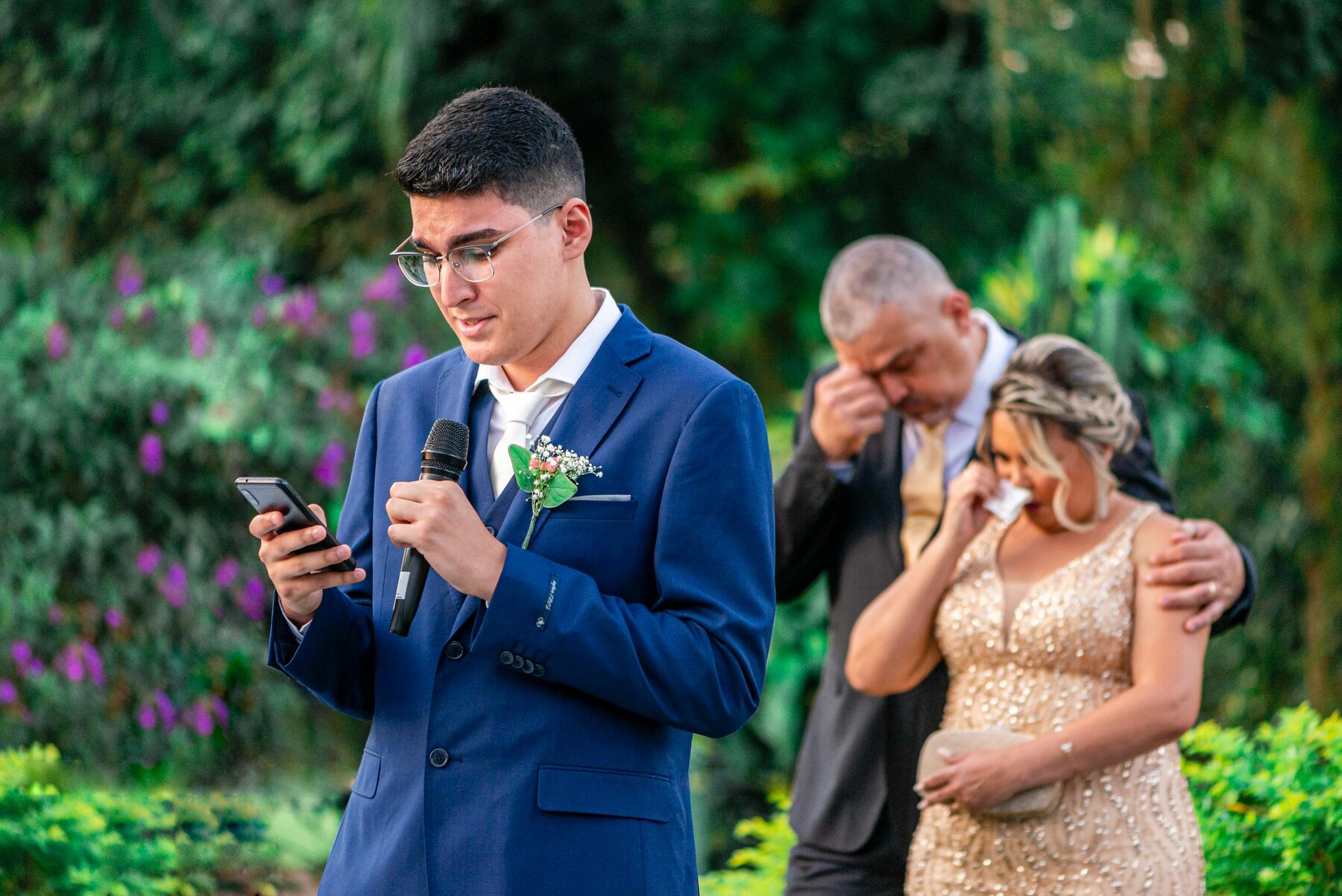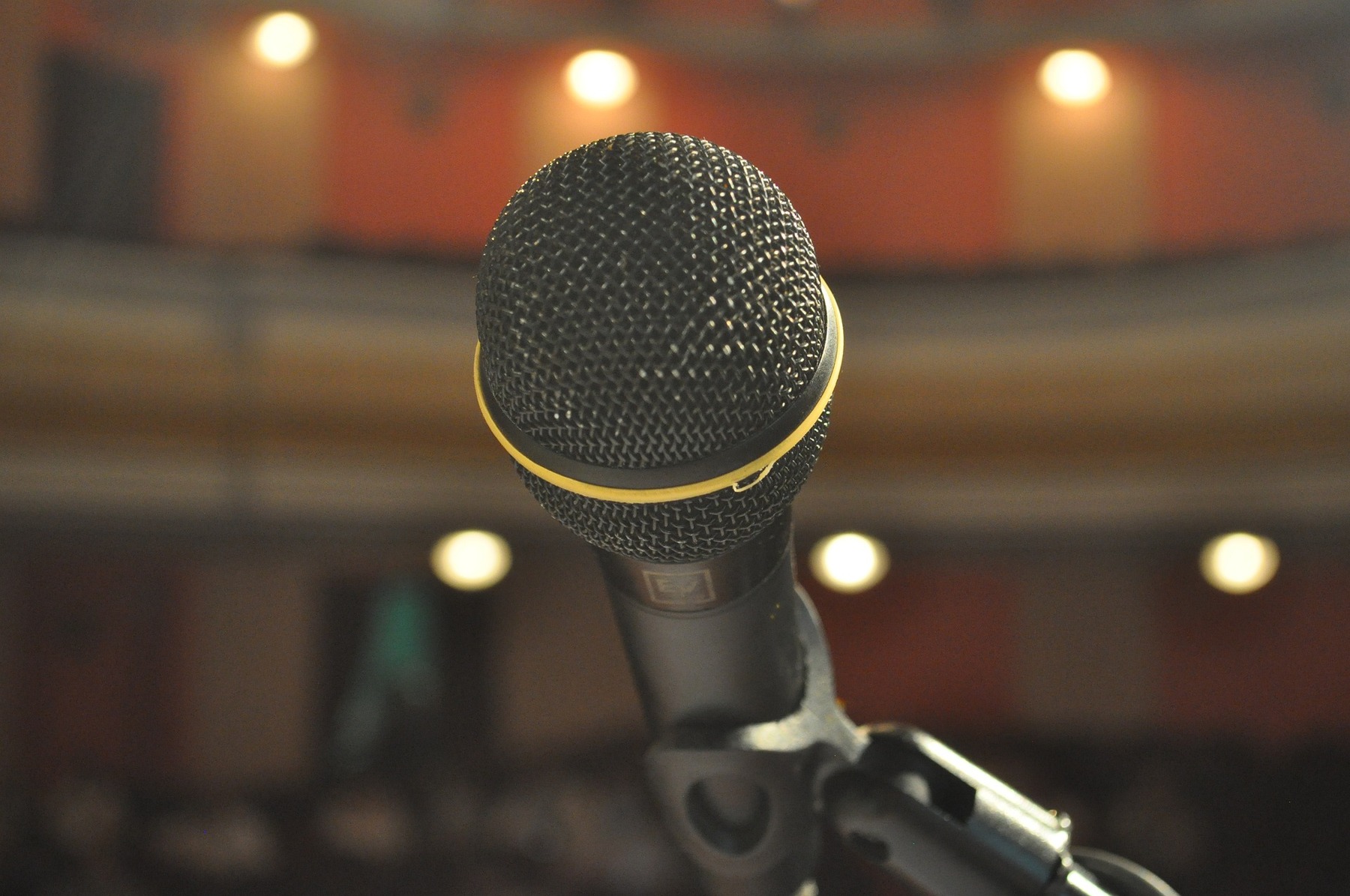At some point, we find ourselves in a situation where giving a toast is necessary. Whether you’re the Best Man at a wedding or suddenly inspired during a casual get-together with friends, realizing, “This moment deserves a toast!” without being ready can be nerve-wracking. Don’t worry; today, you’re going to learn how to raise a toast that will always be cherished!
How to Raise a Toast
Toasting is a time-honored tradition that adds a special touch to celebrations, allowing us to express heartfelt sentiments and create lasting memories. Toasts are commonly given at events like:
- Weddings: Toasts here are informal and heartfelt, celebrating love and commitment. They often include anecdotes about the couple, aiming to evoke emotions and laughter.
- Birthdays: These toasts tend to be more lighthearted and fun, reflecting on personal milestones, life experiences, and accomplishments.
- Graduations: A toast at a graduation should be uplifting. It should acknowledge the graduates’ hard work and achievements while offering encouragement for their future endeavors.
- Business Gatherings: At business events, toasts focus on teamwork, accomplishments, and goals, fostering camaraderie and motivation among colleagues.
Each occasion presents a unique opportunity to convey sentiments that resonate with the event, making the toast both meaningful and memorable.

Prepare the Toast
When it comes to giving a great toast, a little preparation goes a long way. By knowing your audience, personalizing the message, and keeping it short and sweet, you can deliver something memorable.
Know the Audience
The first thing to consider is who you are speaking to. Think about the event and the people attending. A toast at a formal wedding won’t have the same tone as a friend’s casual birthday party. Keep the toast respectful and appropriate if the crowd includes family or coworkers.
If it’s a smaller, more intimate group of friends, feel free to add humor or a personal story. Understanding the audience can help you craft a toast that fits the moment and feels genuine.
Keep It Brief and Engaging
Nobody enjoys a long, drawn-out toast, so it’s important to keep it concise while holding your audience’s attention. Here are some key tips for making your toast brief and engaging:
- Aim for two to three minutes.
- Stay focused and avoid going off on tangents.
- Add a touch of humor when appropriate, and make sure the message remains heartfelt and clear.
How to Write a Perfect Toast
Writing a memorable toast takes some thought and effort. Here are a few tips on how to write a perfect toast.
Brainstorm Ideas
Start by putting the ideas on paper. Don’t worry about perfection at first. Consider what makes the person or event special and why it matters to you.
Include personal stories, meaningful moments, or anything relevant to the occasion. This is your rough draft, so allow yourself to be creative. Once you have a solid base, you can refine it later. Remember, the goal is to share your feelings in an engaging and heartfelt way.
Language and Tone
The language and tone of your toast should fit both the audience and the occasion. Keep the language respectful and polished if it’s a formal event, like a wedding or business celebration. It is important to avoid jokes that could be misinterpreted or anything too casual.
On the other hand, if it’s a more relaxed gathering among close friends or family, feel free to add humor or personal touches that show your connection to the group. It’s important to consider who you’re speaking to and adjust your tone accordingly.
Review, Edit, and Revise
After drafting your speech, you should take the time to edit and revise. The first draft is unlikely to be perfect, so read it through a few times and make adjustments. Look for areas where you can be more concise or where the message can be clearer.
Try reading it out loud to see how it flows and how long it takes. This will help you make sure that your toast is engaging and to the point. Don’t hesitate to ask a trusted friend for feedback—they might notice things you missed.

How to Practice the Toast
Once you have written the toast, the next step is to practice it so that you can deliver it confidently and smoothly. Here are some tips and personalized coaching for delivering an effective toast.
Rehearse Aloud
The best way to get comfortable with the toast is to rehearse it out loud. This helps you familiarize yourself with the flow of your words and identify any awkward spots that need tweaking. Practicing also helps build confidence so you don’t stumble through unfamiliar lines when the moment comes.
Rehearse it in front of a mirror or with a friend to get used to speaking in front of an audience. Studies show that 75% of people experience some level of anxiety about public speaking, so practice can help ease those nerves.
Timing and Delivery
When practicing, pay attention to timing and delivery. A good toast typically lasts two to three minutes, so it’s important to check that you’re not rushing through or dragging it out. Use natural pauses to emphasize key points and allow the audience to absorb the message.
Remember that eye contact is not just a formality; it’s a powerful tool for creating a connection with your audience. By looking at different people in the room, you can make them feel more engaged and connected to the message. Practicing can help you find the right pace and feel more natural when delivering your toast.
Handling Nerves
Feeling nervous is common, but the nervousness doesn’t have to take over. To manage anxiety, take a few deep breaths before speaking. Visualizing a successful delivery can also help calm the nerves. Remember, the audience is on your side and is there to enjoy the moment, not critique you. This reminder can help you feel more relaxed and less judged.
How to Deliver a Perfect Toast
Now that you’ve prepared and practiced your toast, it’s time to focus on delivering it confidently.
Posture and Presence
How you stand and carry yourself matters. It is important to keep your posture upright and open, with shoulders back and head up. This projects confidence, even when feeling nervous inside. Avoid slouching or fidgeting, as it can distract from the message.
Research shows that 55% of communication is done through body language, so how you carry yourself significantly impacts how the toast is received.
Engage with the Audience
Connecting with the audience is key to making your toast memorable. Make eye contact with a few people in the room as you speak. This creates a personal connection and makes your words feel more sincere.
You don’t need to stare anyone down; just look around naturally. A smile or lighthearted comment can also help break the tension and make the moment more enjoyable for everyone.
Concluding with a Gesture
As you wrap up, it’s time for the classic toast gesture, i.e., raising the glass. This simple action signals the end of the toast and brings everyone together in the celebration. Raise the glass confidently and say something fitting for the occasion, like “Here’s to love and laughter” or simply, “Cheers!” It doesn’t have to be fancy; just keep it genuine
Common Mistakes to Avoid
When giving a toast, it’s easy to make a few common mistakes. With some awareness, you can avoid them and keep the toast memorable for the right reasons.
Rambling
One of the most common mistakes people make while delivering a toast is rambling. It’s easy to go off-topic, especially when nervous or unprepared. To avoid this, it is important to stick to the main points and keep it simple. Practice ahead of time so you can be confident about what you want to say and avoid unnecessary detours.
Inappropriate Humor
Using humor can enhance a toast, but it’s important to use it wisely. Inappropriate jokes or stories can quickly turn a positive moment into an awkward one. Avoid anything that could be offensive or too personal, and be mindful of the audience. If in doubt, it’s better to stay on the safe side with humor.
Excessively Long Toast
Another common issue is going on for too long. A good toast should last around two to three minutes. If you speak for too long, you risk losing the audience’s attention. To avoid this, you should set a timer while practicing to guarantee that you’re within the sweet spot.
Forgetting to Raise the Glass
It may sound like a small gesture, but it is important and signals the conclusion of the toast. Remember to lift the glass and say a final “cheers” or well-wish to wrap things up.
Related Questions
What Is the Ideal Length for a Toast?
A toast should ideally be around two to three minutes long. This keeps it concise and ensures the audience remains engaged without losing interest.
How Can I Add Humor to a Toast Without Being Inappropriate?
Use light, relatable humor that fits the occasion and audience. Avoid personal or potentially offensive jokes, and focus on keeping the tone positive and inclusive.
What Should I Avoid When Giving a Toast?
Avoid rambling, inappropriate jokes, and making the toast too long. Stick to the main points, and don’t forget to conclude with a raised glass and a well-wish or “cheers”.
Conclusion
A great toast comes down to preparation, knowing your audience, and keeping it short and meaningful. So, whether it’s a wedding or a casual get-together, enjoy the moment and make it count by learning how to raise a toast perfectly. To learn more about delivering effective, impactful speeches and presentations, visit Voice Place.






